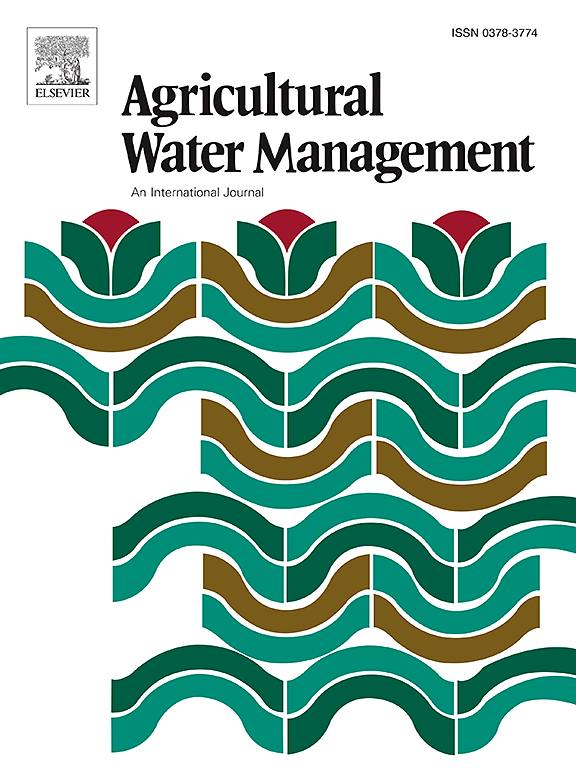High spatio-temporal resolution soil moisture nowcasting at multiple depths with data-driven approaches
IF 5.9
1区 农林科学
Q1 AGRONOMY
引用次数: 0
Abstract
Soil moisture nowcasting provides valuable information for site-specific management in dryland cropping systems. The increasing publicly available data streams have made it possible to capture soil moisture across the profile at fine spatiotemporal resolution. While many studies have applied data-driven approaches, they are generally limited to moderate to coarse spatial resolution and focus on the soil surface. This study investigated the importance of water-related features and showcased a data-driven practice that integrate multi-source water-related data streams for high-resolution soil moisture nowcasting (< 100 m, daily) throughout the soil profile. The models were evaluated with a series of cross-validation experiments, including spatial interpolation, temporal prediction, spatio-temporal prediction, gap-filling and spatial extrapolation. The best performance was observed in the Adelong Creek catchment using RF, with ubRMSE= 0.051 m3/m3, R= 0.85, and LCCC= 0.82 for spatial interpolation; ubRMSE= 0.041 m3/m3, R= 0.89, and LCCC= 0.89 for temporal prediction; ubRMSE= 0.051 m3/m3, R= 0.85, and LCCC= 0.72 for spatio-temporal prediction; and ubRMSE= 0.062 m3/m3, R= 0.76, and LCCC= 0.73 for spatial extrapolation. Additionally, XGBoost achieved the best performance for gap-filling, with ubRMSE= 0.025 m3/m3, R= 0.96, and LCCC= 0.96. Our work has the potential to provide an information platform for growers to monitor and understand soil moisture at fine resolution in the future.
求助全文
约1分钟内获得全文
求助全文
来源期刊

Agricultural Water Management
农林科学-农艺学
CiteScore
12.10
自引率
14.90%
发文量
648
审稿时长
4.9 months
期刊介绍:
Agricultural Water Management publishes papers of international significance relating to the science, economics, and policy of agricultural water management. In all cases, manuscripts must address implications and provide insight regarding agricultural water management.
 求助内容:
求助内容: 应助结果提醒方式:
应助结果提醒方式:


